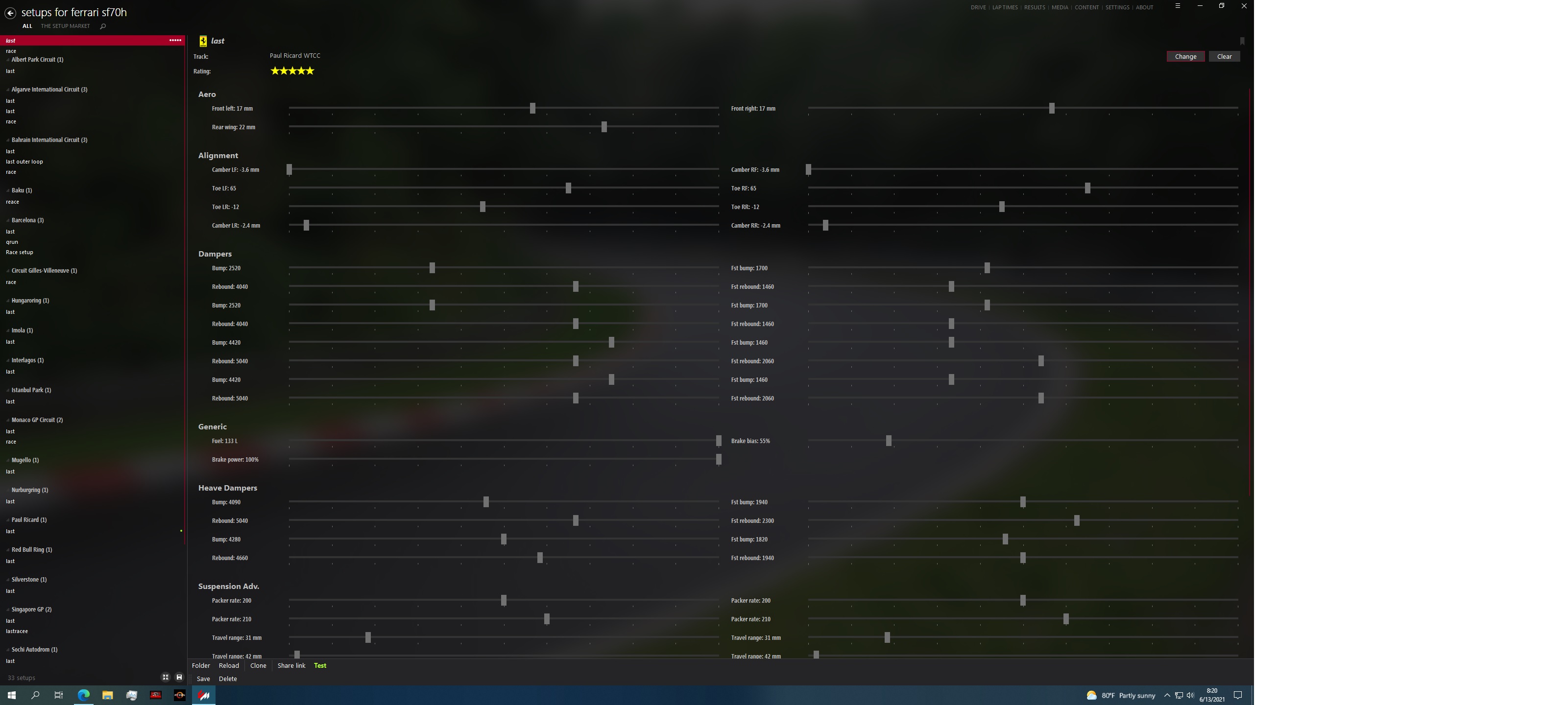Zynerji wrote: ↑14 Jun 2021, 18:47
godlameroso wrote: ↑14 Jun 2021, 18:33
You only need to watch until 2:44 to understand what I'm getting at. Basically the tire wake and the airflow guided by the diffuser are increasing the static air pressure at the back of the tire by colliding and recirculating with each other(Normally the air pressure at the back of the tire is the lowest which is the biggest cause of turbulence and drag(since air want's to fill that void by any means necessary(and turbulence is the fastest way for air to fill a void)). This causes a resistance to flow, forcing the air around it to converge towards the low pressure at the center of the diffuser. This is why maintaining rear ride height and high roll stiffness work well, it's easier to maintain the flow convergence if the diffuser isn't rolling around or flapping about. Or maybe it can work differently depending on how the diffuser deforms under load and the bump/roll steer curve? The tire alignment and diffuser alignment can be maintained under roll with proper tuning.
Roll is beneficial in the sense that it adds to the yaw forces, but detrimental in an aero sense because the bodywork shifts in relationship to the tire. In the front this is a bit less sensitive because you have so much hardware specifically designed to manage tire wake, not so much in the rear.
Plus the front wing has a nice clean stream of air and it's nice and close to the ground it's very powerful to have a front wing that works well under yaw if you can balance it at the back.
Good analysis. Thanks!

Let's take a look. Since the tire is moving up and away from the diffuser trailing edge, the spot under and behind the tire is low pressure, if you fill that low pressure it will stop the front air spilling off the tire from wanting to go there, instead it will go towards the diffuser central section. Look at how intelligent the RBR people are making that section so thin.

The diffuser's job is to slow down the air and raise the static pressure in the volume behind. The very fast high speed air that is under the car slows down and creates a pressure differential right where the flow speed transitions. As the Tesla valve shows, the air exiting the diffuser is divergent flow, the air going to the floor is convergent.
By using the diffuser to divert air upwards outwards etc, the pressure in the center section decreases, thus the flow entering the floor seeks to fill that space.



